© 2022 Hack World, LLC
Curriculum
We believe that educational experiences should be adapted to the needs of the learners. Our course offerings are unique to each sites needs, but we return to the following tools to promote tech education regularly. We believe these tools are aligned with our H.A.C.K. values and are used to develop specially tailored classes. We have worked to integrate each tool so that students are able to feel like they have something to progress towards. Our paths are flexible and allow for various student backgrounds to increase their knowledge of technology and digital literacy.
Select a tool below to read a bit more about it, why we like it, and how it can be used to build hacking skills. If you think something might work for your school or community, let us know! We’ll be happy to work with you and develop something that will suit your needs. You can contact us at support@hackworld.io or use the contact form in our Contact Us page at the bottom of our site. HACK ON!
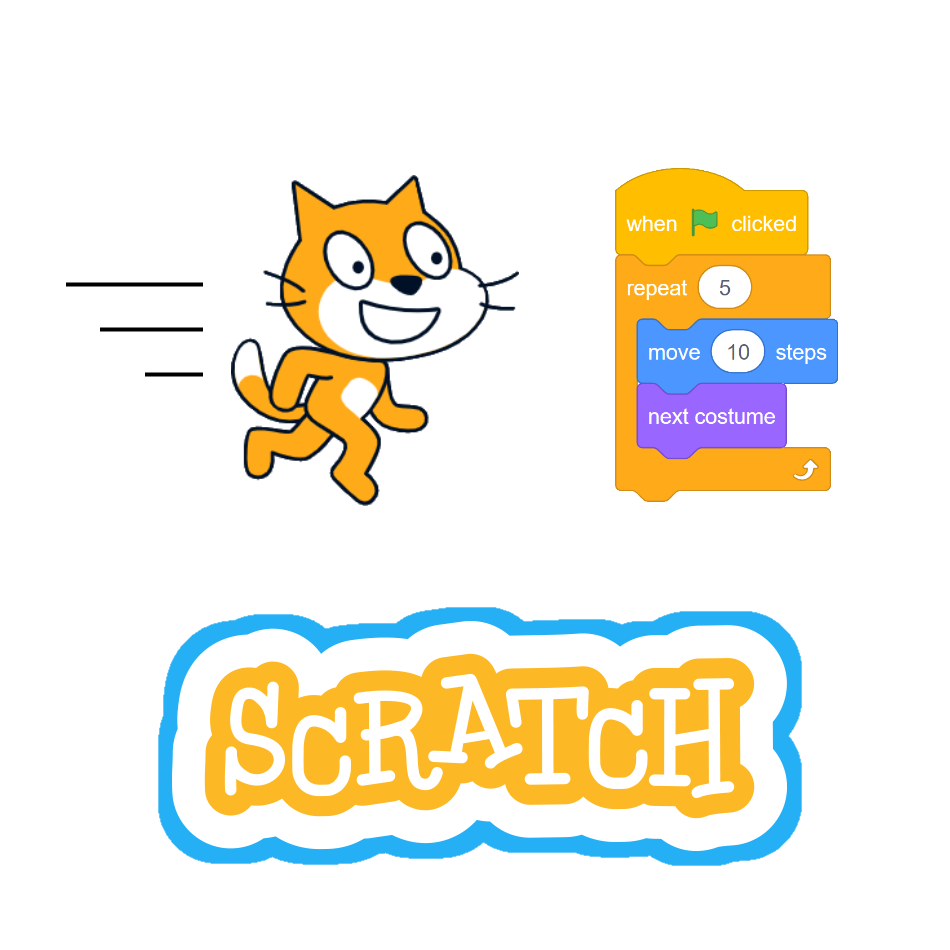
SCRATCH
Created by the Lifelong Kindergarten Group at the MIT Media Lab, Scratch was built as a tool for kids to learn computer coding. Available for free to everyone and translated into 40 languages, its accessibility has made it a global phenomenon, with nearly 40 million registered users.
By snapping blocks of code together to give instructions to sprites (characters and objects), users can create their own games, animations, art projects, or whatever they can think of. Recently updated to version 3.0, Scratch provides the perfect balance between being easy to jump into, but powerful enough even for experienced coders to enjoy and learn. It has even been used in college courses as an introduction to coding!
We believe Scratch makes one of the best introductions to coding for kids around age 8 and up, and for those who enjoy it, the learning opportunities are nearly endless. It is particularly well suited for game development, and can integrate with other tools like Makey Makey and several LEGO robotics products, which can help bring projects into the physical world!
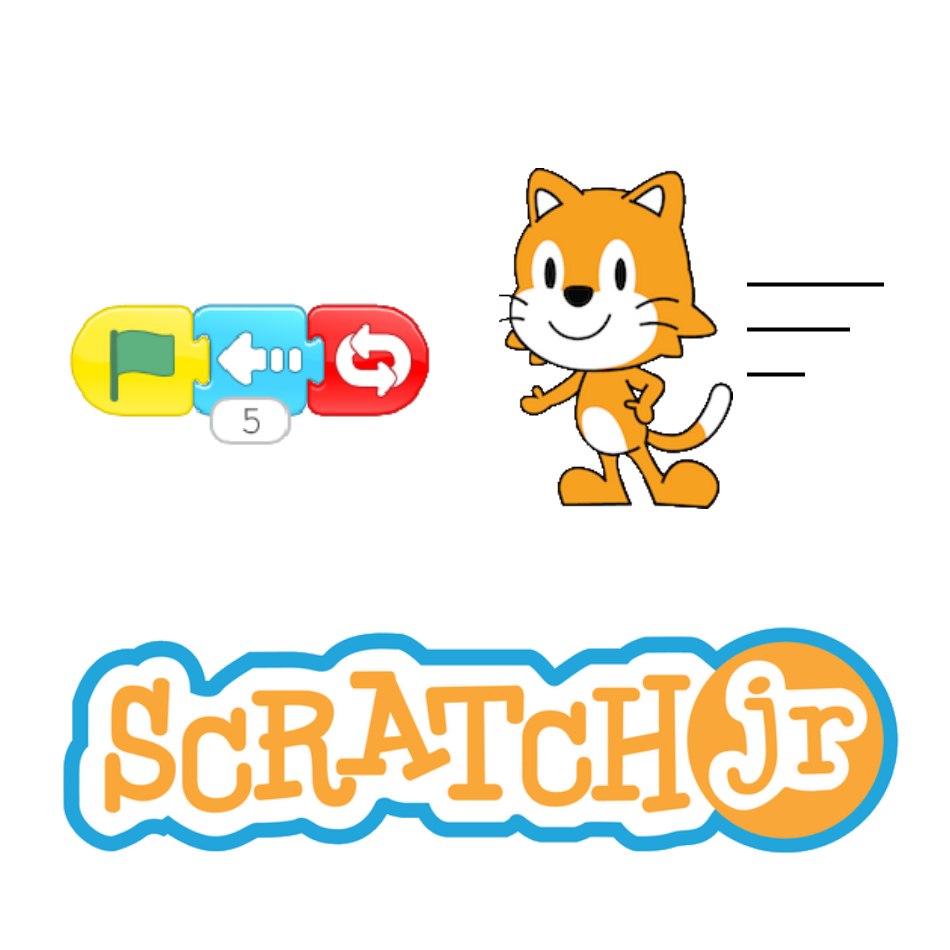
SCRATCHJR
ScratchJr takes the creative, block-coding sandbox of Scratch and makes it more accessible to younger children. Provided as a free app for tablet devices, the touchscreen interface makes it far easier and more intuitive for its intended age range of kids 5 to 7 years old. ScratchJr’s near-exclusive use of symbols and pictures in place of written words is also key in making it a great fit for pre-readers, who can also make use of things like sound recording to help express their creativity in fun ways.
Being much more limited in its capabilities than Scratch 3.0, ScratchJr will not provide as much longevity in challenging students. But it serves as a fun and creative introduction to coding for young kids, and a great stepping stone to other, deeper programs and projects.
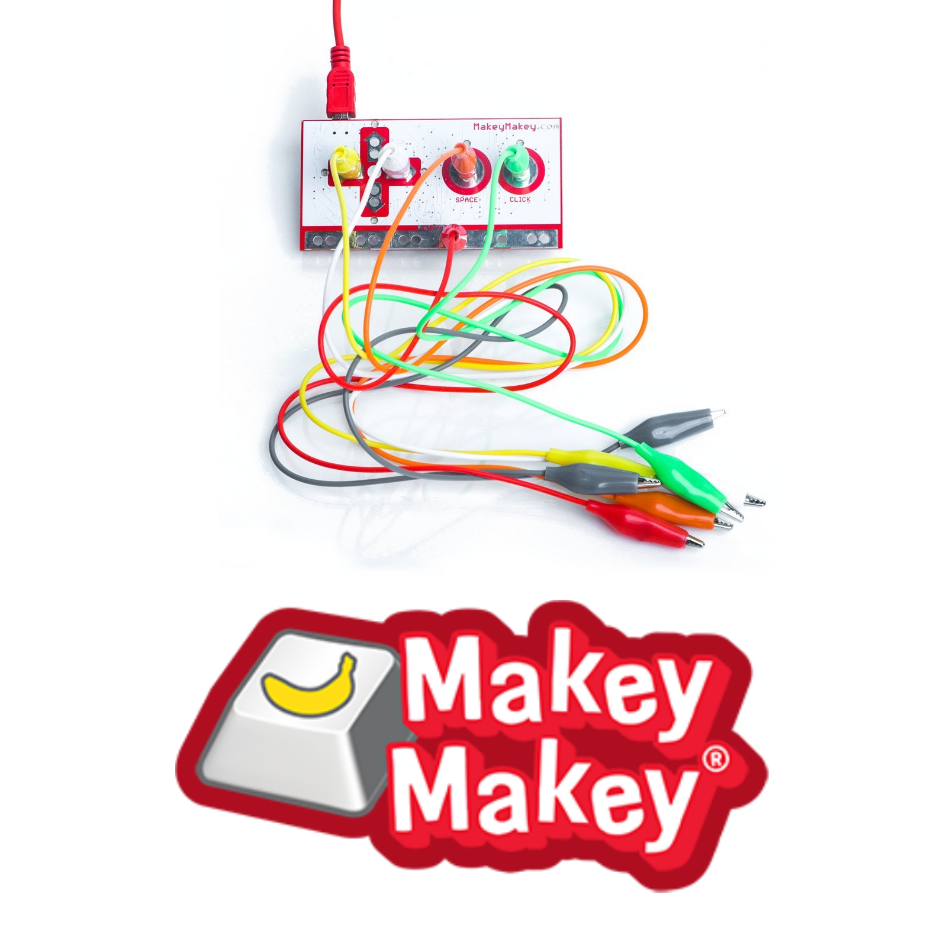
MAKEY MAKEY
Makey Makey is a tool developed JoyLabs that teaches the basics of conductivity to students of all ages. It brings coding projects to life by using alligator clips and a circuit board connected to a computer to help students understand the basic concepts of connectivity and electrical circuits. We use the Makey Makey to help students explore how code can interact with the real world through various projects that are coded with Scratch.
Students are sure to have their own ideas, but they can also find inspiration in the expansive open source project list that the Makey Makey community has built. They can craft instruments, games, or art pieces, and connect them to their favorite projects on Scratch. Whether it’s using bananas as a keyboard or Play-Doh as a controller, kids are sure to find a fun way to express their creativity and develop their skills in both coding and electronics.
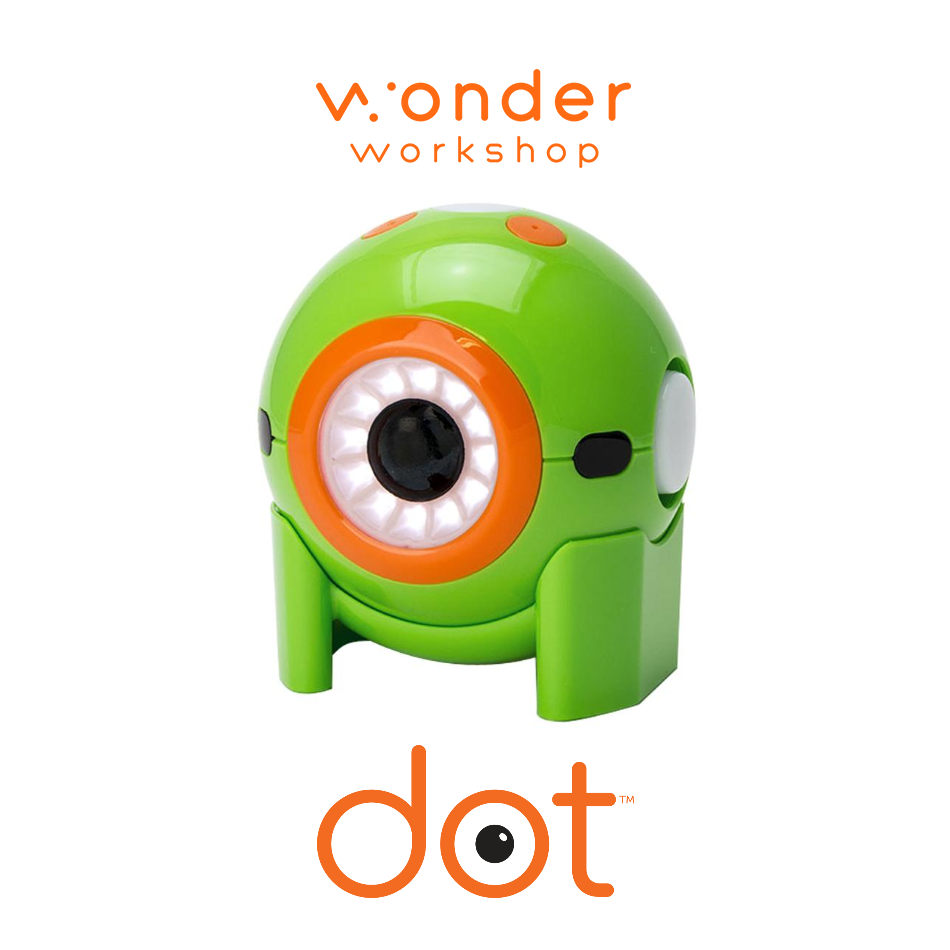
Wonder Workshop DOT
Wonder Workshop’s Dot is a great tool to introduce younger students to coding and interactive technology. Students learn how to interact with this kid-friendly, remote-controlled robot and progress through the Wonder Apps to learn new ways to program with a node-based coding language. These apps provide a great precoding alternative to text-based and blocked-based languages.
The Dot has hundreds of projects to choose from, both online and craft-based. Whether it’s coding a dance partner, using LEGO to dress up the Dot, or grouping up with friends to play hot potato, kids have plenty of active and stimulating projects to work on.
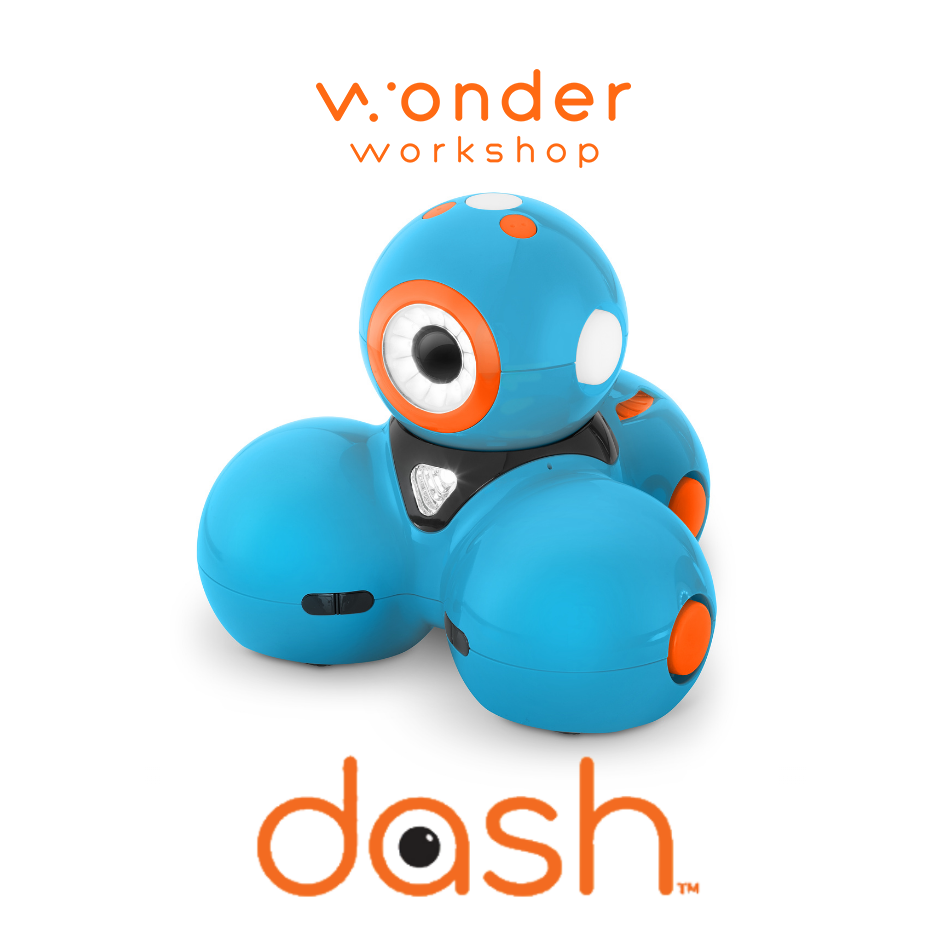
Wonder Workshop DASH
The Dash is the next companion in Wonder Workshop’s line of robots. The Dash is named so due to being a fully mobile robot, ready to scurry across the room at your command. This interactive robot works with all the same apps the Dot does, but takes projects to the next level by incorporating sensors that track acceleration, distance, and proximity. Additionally, the Dash comes with many accessories that take advantage of its ability to move across a room and tilt its head.
The robot can be programmed by a broad range of languages, which makes it an excellent tool to learn coding for students of any level. It can use the same node-based code that students learned using the Dot, or advance to a drag and drop block-coding language similar to Scratch. For the most advanced coders using iPads, the Dash also works with Swift Playground which introduces students to text-based coding.
Students can code a concert using the Dash xylophone attachment, a baseball tournament with Dash Launchers, or even draw with the Dash’s art kits. This flexibility provides ample opportunities to teach a variety of subjects using this robot, such as geometry, engineering, physics, and more.
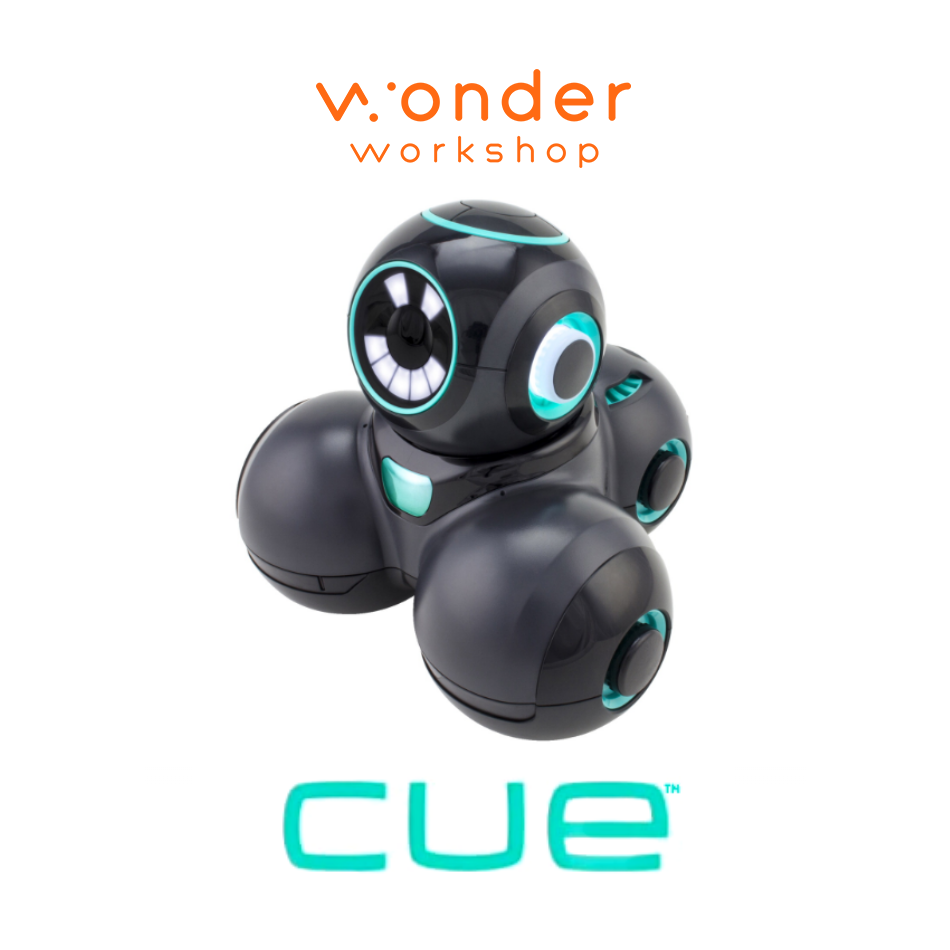
Wonder Workshop CUE
The Wonder Workshop Cue is the most advanced companion in its line of robots. It graduates to a more advanced version of the node-based Wonder language, setting students on the path to learning the text-based language JavaScript. For students familiar with blocked-based coding, it allows them to switch their programs between JavaScript and blocks so that students can easily see how their code would translate.
The Cue offers increased versatility with its more powerful sensors, in addition to being compatible with all of the Dash accessories. It also has access to the Blaster attachment so that students can create a whole new set of projects. It is the most powerful of Wonder Workshop’s robot line and is a great learning tool for advanced coders looking to start experimenting with text-based coding and more advanced concepts.
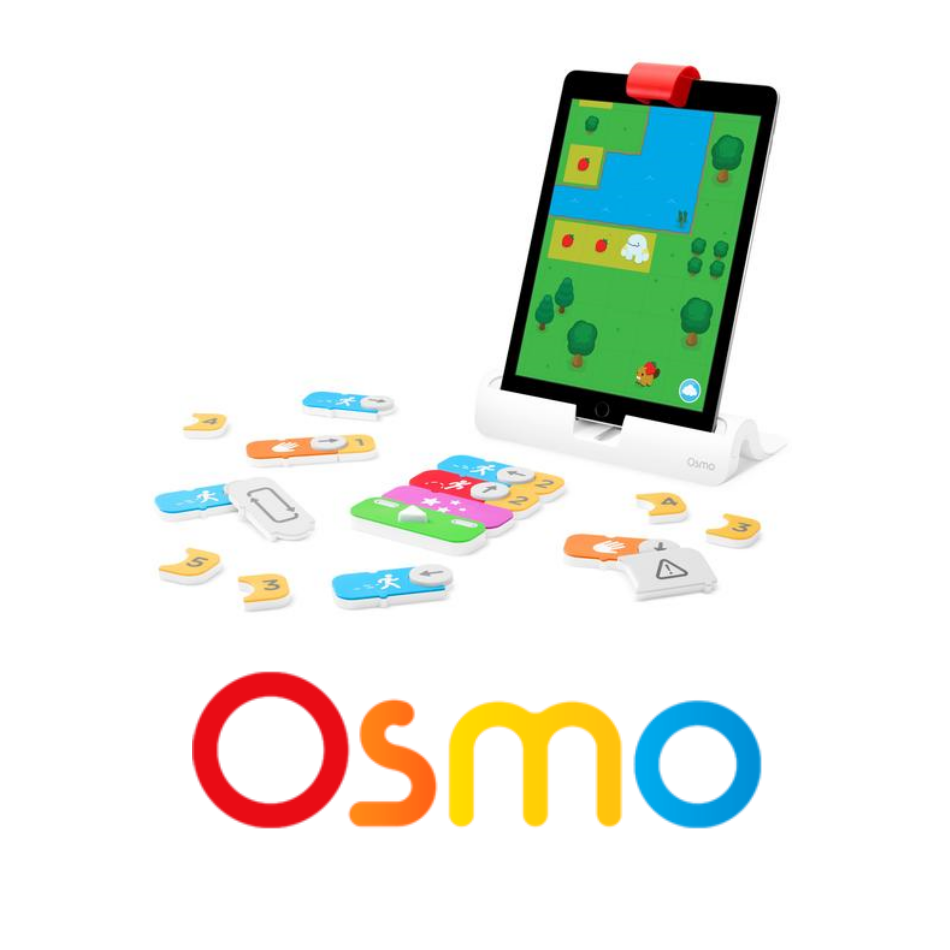
OSMO
The Osmo game system is developed by Tangible Play and is an immersive tool to teach students a range of subjects from reading, math, and art skills. It uses a tablet and Osmo pieces to allow students to interact with its apps. Students can draw and see their art come to life immediately on their screen. Osmo provides various learning apps and games that do not require a mouse or keyboard, excellent for students with restricted mobility.
In addition to its games, it allows parents and teachers to personalize the content kids interact with. Are your kids having trouble remembering how to spell “Wednesday?” Osmo allows you to pick which words appear in the Osmo Words game. Or maybe your kids need help with math; with the Osmo Numbers game, kids add, subtract, multiply, and divide their way through various game levels focused on developing those skills.
Our favorite apps, Osmo Coding Jam and Coding Awbie, help students learn the fundamentals of coding using physical blocks that attach together. This is very similar to popular drag and drop block-based coding, but with a tactile element; it’s an excellent way to get kids excited about technology, particularly those who benefit from a hands-on approach.
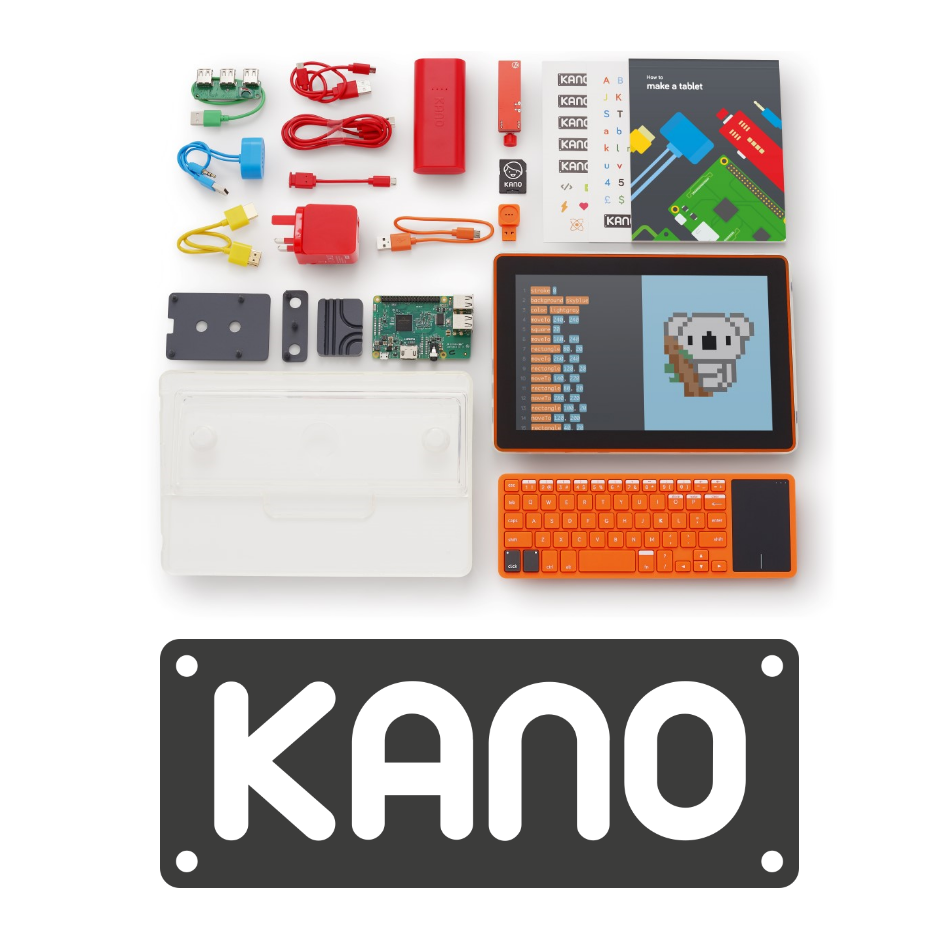
KANO
Kano aims to give kids a more holistic experience with computer science. The device comes with its own operating system (Kano OS), which provides a kid-friendly platform for coding, gaming, and digital media; but first, you have to build it!
Each Kano kit comes as a box of color-coded computer bits, so kids can learn about the inner workings of computer hardware, before being released into an engaging game world that serves up various projects designed to introduce the user to coding and the various features of the system.
Assembling the computer themselves, watching it turn on for the first time, and interacting with a world made just for them, really gives kids a true sense of ownership over technology. The Kano makes a great focal point for an extended unit that can help give kids in elementary or middle school a huge boost in confidence with computers and digital literacy.
